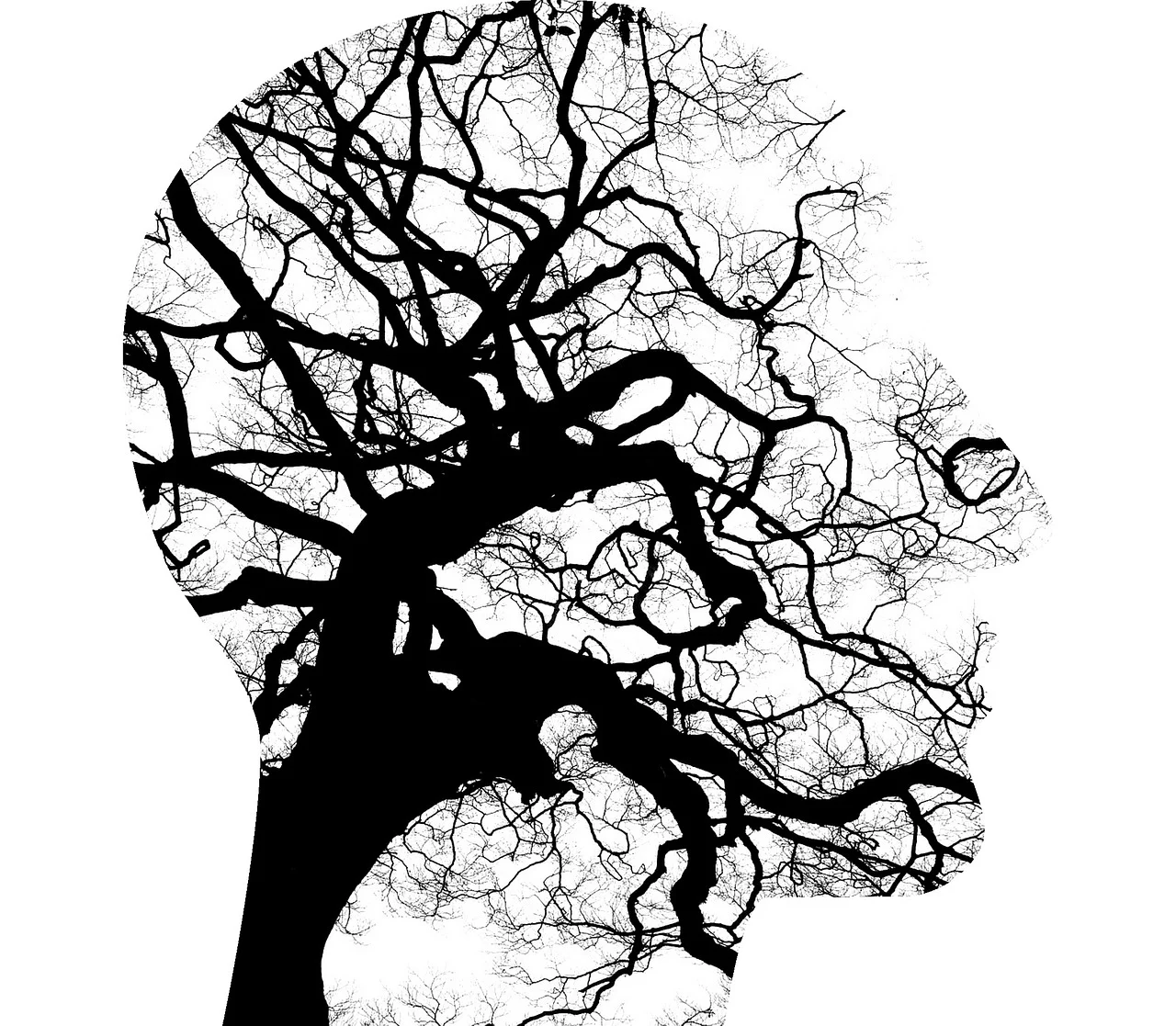Emotional well-being is a perplexing and complex part of human prosperity.
that envelops different circumstances and problems. In this article, we will dig into the domains of wretchedness, bipolar confusion, nervousness, tension issues, fits of anxiety, alarm turmoil, fears, and post-horrendous pressure problem (PTSD). We want to make people aware of these aspects of mental health and foster a compassionate attitude toward people facing these difficulties by comprehending them.

Depression:
Wretchedness is something beyond feeling miserable; it is an unavoidable and delayed condition of low state of mind that influences an individual's considerations, conduct, and generally speaking prosperity. Factors like hereditary inclination, synthetic lopsided characteristics in the cerebrum, injury, and life altering situations can add to the improvement of sorrow. It is urgent to perceive the signs, including constant misery, changes in rest examples, and loss of interest in exercises, to offer opportune help and mediation.
Bipolar Confusion:
Bipolar confusion, portrayed by outrageous emotional episodes between hyper ups and burdensome downs, presents a remarkable arrangement of difficulties. While the depressive phase resembles the symptoms of major depression, the manic phase may include increased energy, impulsive behavior, and a decreased need for sleep. Powerful administration frequently includes temperament stabilizers, treatment, and a steady climate.
Anxiety:
Tension is a characteristic reaction to push, yet when it becomes exorbitant and wild, it can develop into a problem. Summed up tension turmoil (Stray) is set apart by constant and exorbitant stress over different parts of life. It can be crippling and have an impact on daily living and quality of life. Understanding the triggers and carrying out survival techniques are indispensable parts of overseeing uneasiness.
Tension Problems:
Uneasiness issues incorporate a range of conditions, including social nervousness problem, explicit fears, and fear of abandonment. Each presents one of a kind difficulties, however they share a consistent theme of exorbitant trepidation and stress. Treatment frequently includes mental social treatment (CBT), medicine, and way of life alterations to address explicit triggers.
Fit of anxiety:
Fits of anxiety are extraordinary floods of dread and tension that can appear with actual side effects, for example, chest agony, perspiring, and windedness. They frequently happen out of nowhere and all of a sudden, prompting a feeling of looming destruction. Understanding the triggers and rehearsing unwinding methods are fundamental procedures for overseeing fits of anxiety.
Alarm Confusion:
Alarm jumble is described by repetitive and unforeseen fits of anxiety. People might foster a feeling of dread toward future assaults, prompting evasion ways of behaving and influencing their day to day routines. Treatment might include treatment, drug, and way of life changes to address both the side effects and the fundamental reasons for alarm jumble.
Phobias:
Fears are nonsensical feelings of dread of explicit articles or circumstances that can altogether influence day to day existence. Normal models incorporate feeling of dread toward levels (acrophobia), insects (arachnophobia), and flying (aviophobia). Openness treatment, mental social treatment, and slow desensitization are compelling ways to deal with defeating fears.
Post-Awful Pressure Issue (PTSD):
PTSD can result from traumatic experiences like assault, war, or natural disasters. Nosy considerations, bad dreams, hypervigilance, and keeping away from updates are a portion of the side effects. Treatment frequently includes treatment, prescription, and encouraging groups of people to assist people with handling the injury and recapture a feeling of control.



You must be logged in to post a comment.